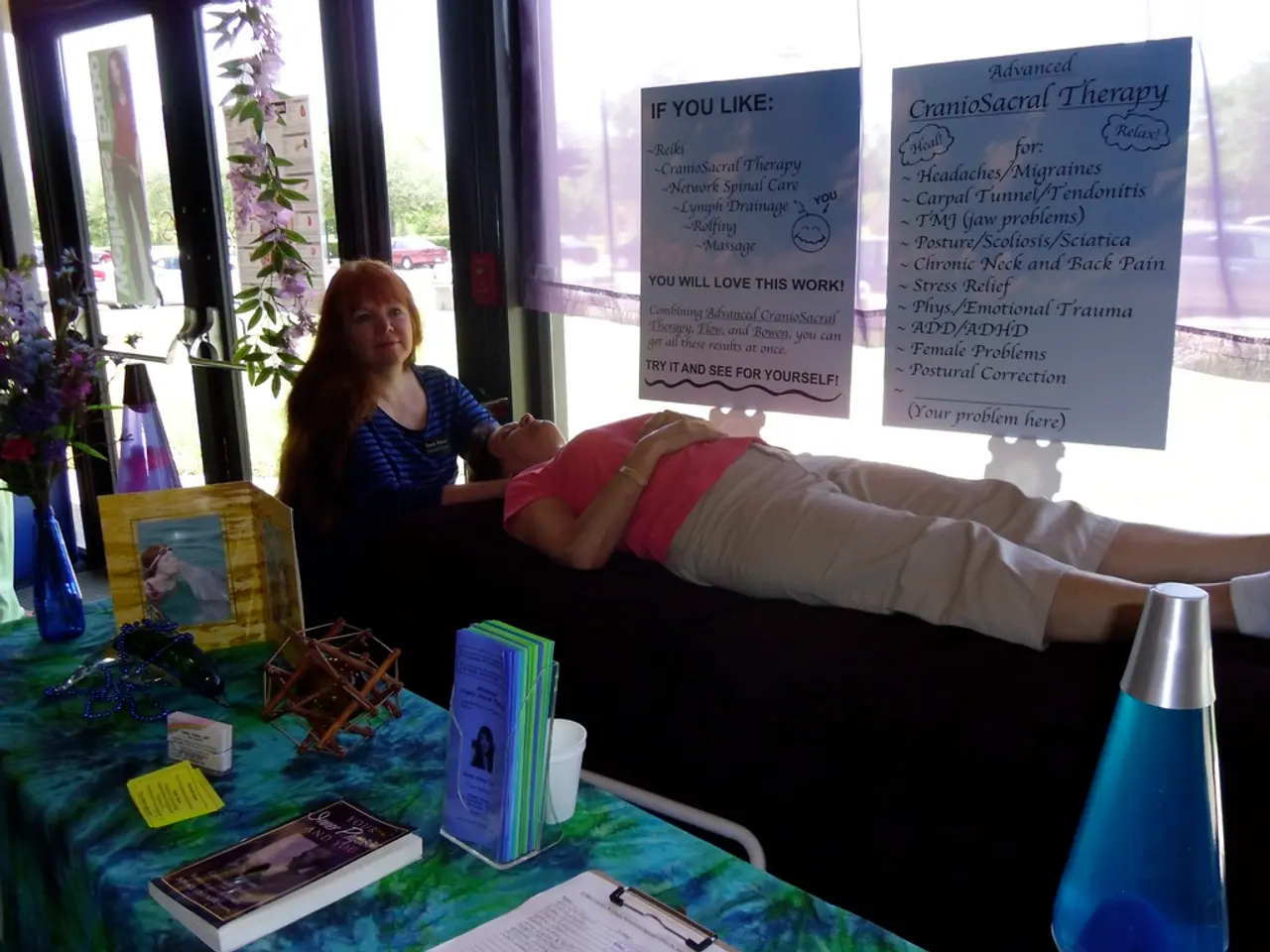Experiencing Bipolar II Disorder: A Personal Account
In a candid conversation, Rose shares her experiences living with Bipolar II Disorder, a condition characterised by periods of elevated or irritable mood, known as hypomania, and depressive episodes.
Bipolar II is a subtype of bipolar disorder, and its hallmark symptoms can begin at any age, most commonly between the ages of 15 and 19. Rose, like many others, found herself grappling with the disorder's complexities at a young age.
The disorder's cycling phases, particularly the rapid cycling aspect, proved to be Rose's most challenging symptom. She found it difficult to control her mental state and function, often feeling stuck in a mood state, believing it would never end. However, through therapy and understanding, Rose has learned to navigate these phases.
Rose was initially misdiagnosed with Major Depressive Disorder (MDD) and prescribed Selective Serotonin Reuptake Inhibitors (SSRIs), which led to a negative reaction and a worsening of her depressive episode. This experience underscores the importance of accurate diagnosis in managing Bipolar II Disorder.
One therapy that has proven beneficial for Rose is Dialectical Behavior Therapy (DBT). She no longer feels trapped in a mood state, understanding that Bipolar Disorder is the cycling of phases. DBT has helped her manage her thoughts and feelings, providing a sense of control over her condition.
People with Bipolar II often experience depressive episodes, and these can be long-lasting and disabling over a person's lifetime. Depressive episodes in Bipolar II tend to be more frequent than in other forms of the disorder.
Hypomania, while less extreme than mania, can still be serious if not treated. It's important to note that Bipolar II is considered a chronic illness, and treatment might include mood stabilizers, atypical antipsychotics, and therapy.
Rose also emphasises the significance of discussing less talked about symptoms, such as irritation and frustration. These symptoms can be debilitating and often go unaddressed in discussions about Bipolar Disorder.
For those experiencing signs of depression or suicidal thoughts, the 988 Suicide and Crisis Lifeline is available. It's crucial to remember that help is always within reach.
In severe or treatment-resistant cases, neuromodulation treatments including Electroconvulsive Therapy (ECT) and Repetitive Transcranial Magnetic Stimulation (rTMS) may be used. However, a combination of mood stabilizers, psychotherapeutic approaches such as cognitive behavioral therapy, psychoeducation, and social rhythm therapy, often provides effective management.
Rose's story serves as a testament to the fact that with the right diagnosis, treatment, and support, it is possible to live a fulfilling life with Bipolar II Disorder. Her journey underscores the importance of accurate diagnosis, effective treatment, and open discussions about the less talked about symptoms of the disorder.






